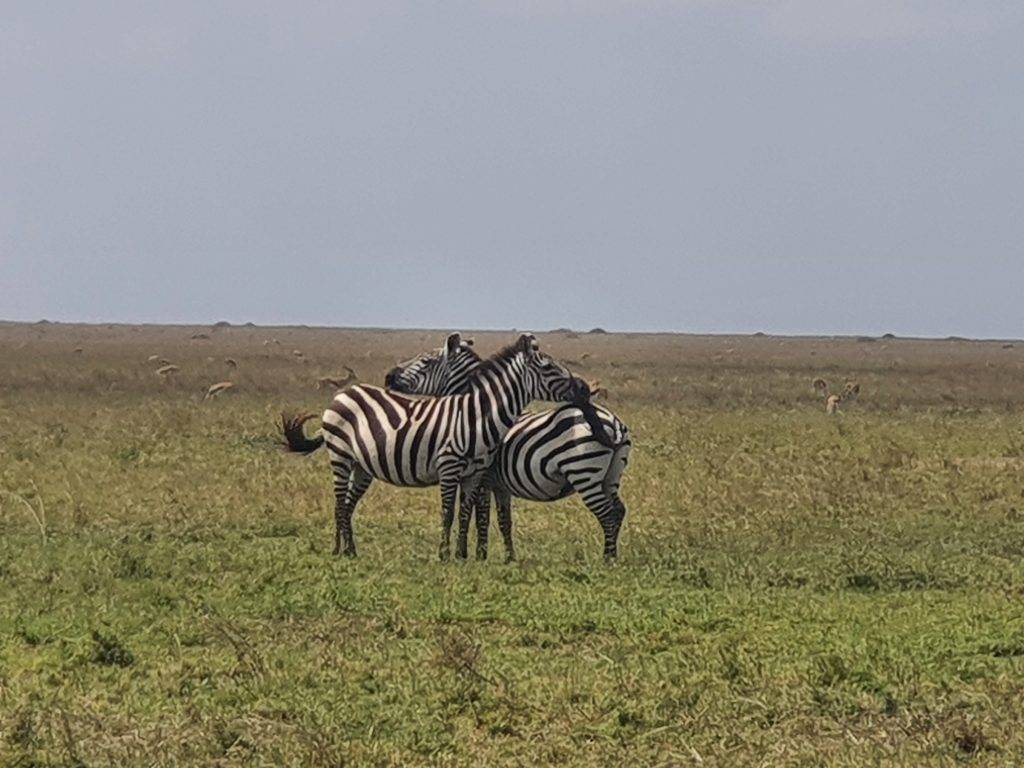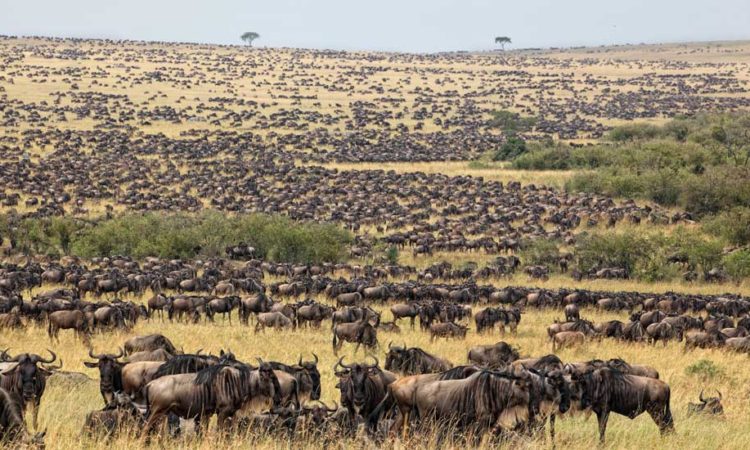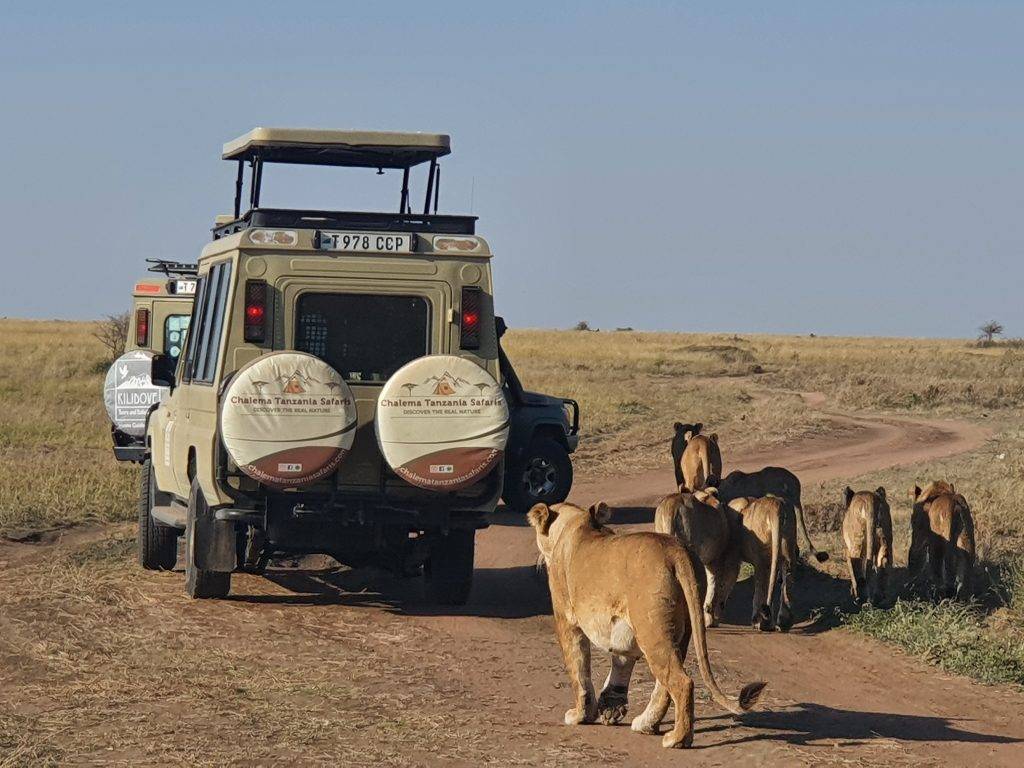

Unveiling Tanzania's Wild Wonders: Encounter a Spectacular Array of Wildlife in the Heart of Nature!
Experiencing the Great Wildebeest Migration is an awe-inspiring spectacle. But there is one event that adds an extra layer of wonder: the wildebeest calving season. This remarkable natural phenomenon occurs in the Serengeti. You’ll get to witness this show of nature if you visit the Serengeti during February and March! It could be one of the truly unforgettable Tanzania safari experiences.
The safari starts as you enter the region. You will be thrilled to see the thing and the possibility of seeing the wildebeest calving will excite you. We will take you towards the plains in an open game-drive vehicle. As we drove our guide, set the best scene that you dream to see. It is nothing but the incredible drama of around 1.7 million wildebeest.

The wildebeest aren’t alone in their migration! they’re accompanied by scores of zebras, Thomson’s gazelle, and eland who perform the valuable function of eating the longer grasses! The tender, nutrient-packed foliage remains accessible after the zebra and gazelle have finished grazing. It will make the feed ideal for tiny wildebeest calves who can chew it easily.
Our wildebeest calving safari brings the opportunity to see the greatest birthing of all on the short-grass plains at the southernmost extent of the wildebeests’ range. We drive you onto the plane and into an enormous herd of wildebeest that stretched in every direction as far as the eye could see. They hardly paid our vehicle any attention. Over five days, visit the Serengeti and the Ngorongoro Crater to feel the excitement of a wildlife safari. Discover the wildlife including the wildebeest calving & how they survive, and colorful birds with local guides.
The calcium and magnesium-rich grass is beneficial for milk production. It will attract pregnant wildebeest to come and grow further live. The calving season for wildebeest lasts from late January to mid-March. More than 80% of the females give birth to around 500000 live in a few weeks. You will find new-borns bobbing about on Plasticine legs or gamboling along on their first frolicking escapades. You also found how baby wildebeest gain coordination faster than any other hoofed mammal. You will be astonished to learn that they can run with the herd at the age of five minutes and be able to outrun a lion soon thereafter!
It should come as no surprise that the number of predators in the area reaches an all-time high during this time of the year. It's typical to see animals giving birth, as well as predators catching their prey. This means the newborn are not far away from the carnivores. Lion, hyena, leopard, cheetah, and lesser predators await the annual calving with eager anticipation.
The predators have only a limited impact on the population of newborn calves. A mother lion, cheetah, or leopard will have an easier time finding food for her young when there are millions of newborn wildebeest wandering around. With this, they will give their kids the opportunity to learn how to hunt for themselves. This means young cubs learn valuable lessons during this time which are crucial to their future success. It is a wonderful journey & it will not be complete without witnessing the wonders with your own eyes.

Mobile migration camps situate themselves near the wildebeest during calving season and accompany the herds all year long. We can help you select a beautiful, mobile camp in a remote part of the southern Serengeti. Most of the safari camps are large tents of wood and canvas, offering a true Out of Africa safari experience.
The safari camps are very intimate, and each of them en-suite bathroom and a common area for meals and relaxing between game drives. It is perfect to enjoy a morning cup of tea or coffee while keeping eyes on the game. The Serengeti National Park offers a variety of activities in addition to migration watching. You can go for drives, ride hot air balloons, engage in guided walks and immerse in the Maasai way of life, and watch the abundant birdlife in the area.
